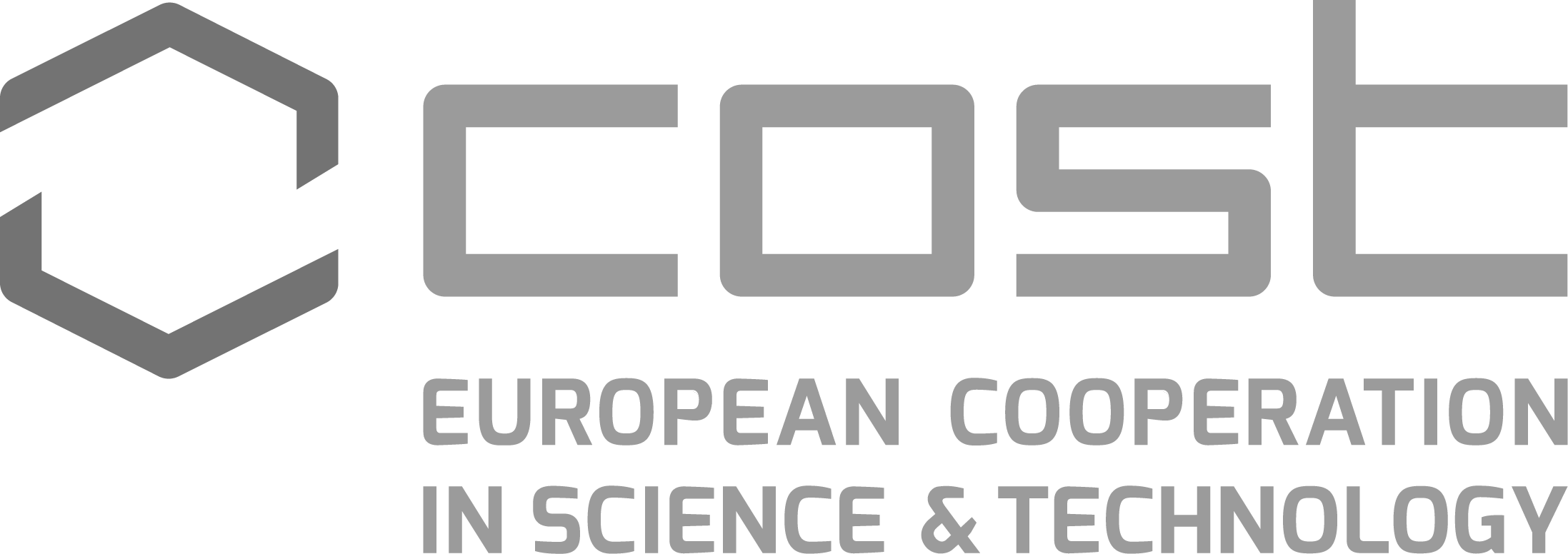By Josia Paska Darmawan (Senior Researcher at GoTo Impact Lab)
“We used to be able to catch many fish in the past, but the volume has been decreasing in recent years,” said a Pela fisherman during my visit in late 2023. His words capture the crisis that has been impacting this riverine village in Kalimantan, Indonesia, where nearly 95% of households rely on fisheries for their livelihoods. By the late 2010s, overfishing and habitat destruction had pushed fish populations and the villagers’ livelihoods to the brink. Yet today, Pela stands as a beacon of hope. Faced with ecological collapse, the village reinvented itself through an unlikely solution: ecotourism.
This transformation was neither quick nor simple. As fish stocks dwindled and expenses increased, some fishermen decided to adopt destructive practices like electrofishing and gillnets (rengge). This harmed the endangered pesut (Irrawaddy dolphins) population and worsened ecosystem decline. By 2022, only 70 pesut remained in the Mahakam River as their survival was threatened by overfishing and increasing coal ship traffic.
The turning point came when villagers, guided by local leaders and the Conservation Foundation for Rare Aquatic Species of Indonesia (YK RASI), accepted that saving their river meant reimagining their economy. In 2018, Pela banned harmful fishing gear through Village Regulation No. 2 and partnered with YK RASI to pilot “pinger” devices that could prevent pesut from getting entangled in the fishermen’s nets. Simultaneously, they leveraged the river’s scenic beauty and cultural heritage to launch ecotourism. By 2019, over 2,000 visitors arrived annually to explore the river, enjoy beautiful scenery, and have a chance to spot pesut in their natural habitat. Recognition followed as national awards and a UNWTO partnership cemented Pela’s status as a leading ecotourism village in Indonesia.

Reimagining Pela’s Economy
By 2018, Pela’s leaders realized that saving their river required more than regulations; it is also necessary to redefine their relationship with nature. The village’s ban on destructive fishing tools, enforced through Village Regulation No. 2/2018, marked a turning point. Rengge, responsible for 66% of pesut deaths, were aided with “pinger” devices that deter dolphins from nets while allowing sustainable catches. These efforts were further amplified by the establishment of Mahakam Conservation Zone, a 42,000-hectare protected area restricting coal ships and habitat disruption. Over time, the volume of fish catch began to slowly rebound, and pesut became a symbol of ecological conservation.
But conservation alone could not improve the livelihood of the people. The villagers needed a way to live with the river, not just from it. This mindset shift laid the groundwork for ecotourism.
Pela’s pivot to tourism was born out of their needs for sustainability, both in environmental and economic senses. In 2019, villagers began sharing photos of sunsets over the Mahakam River and pesut sightings on social media. The response was immediate: people from the surrounding areas and foreign tourists began to visit the village. Family homes were converted into homestays, youths became tour guides, and the tourism awareness group started offering pesut-spotting cruises.
The economic ripple effect was profound. By 2022, Pela received several national and international recognitions. Pela placed third in the institutional category of the Anugerah Desa Wisata Indonesia, an award program by Indonesia’s Ministry of Tourism and Creative Economy for tourism villages. Pela also joined the UNWTO’s Upgrade Program, securing global support for its tourism development. This further solidified tourism as one of the village’s economic pillars that can sustain their livelihoods.
The true success of Pela’s model lies in its interdependence. Pokdarwis, the Tourism Awareness Group, along with the village government, were responsible for turning fragmented efforts into a unified vision. Comprising local leaders and villagers, Pokdarwis managed everything from homestays to guided tours, ensuring tourism profits stayed within the community. Additionally, partnerships with various institutions did not just provide resources for their development, but also turned residents into ambassadors for their ecosystem. YK RASI provided critical ecological insights and solutions, while Samarinda State Polytechnic offered technical training in hospitality. Various corporations stepped in through their CSR programs to fund boats, paddleboards, and other facilities to support their tourism.
These collaborations did not just fill resource gaps. They created a web of accountability, where each stakeholder, from NGOs to universities, contributed to Pela’s success.

Translating Lessons from the River for Mountain Communities
Pela is a model for rural resilience. By viewing ecology and economy as allies, not adversaries, the village transformed the environmental crisis into social innovation. For the people in Pela, protecting pesut wasn’t just an ecological win–it also became the village’s unique selling point. This duality, where ecology fuels the economy and economic gains reinforce conservation, shows that sustainability is not a zero-sum game.
For mountainous regions dealing with similar issues such as resource depletion, climate vulnerability, and economic instability, Pela’s story offers several learnings:
- Community-Led Governance: Establish local committees (e.g., Tourism Awareness Groups) to manage initiatives, ensuring that any benefits from them stay within the community while ensuring sustainability.
- Non-Human Entity as an Anchor: Promote endangered species as an ecotourism anchor, mirroring how pesut became Pela’s integral part of development.
- Partnerships with Purpose: Partner with universities for terrain-specific solutions (e.g., sustainable trail engineering) and NGOs to lobby against destructive mining or deforestation.
- Cultural Roots, Global Appeal: Integrate indigenous traditions, such as shepherd-led hikes or handicrafts using locally-grown materials, to offer unique selling points while preserving heritage.
Like river communities, mountain areas depend on natural ecosystems. Thus, creating a mindset that balances both ecology and economy becomes important. Pela proves that sustainability is not a trade-off but a lifeline. Its lessons on community-led governance, strategic partnerships, and centering biodiversity hold relevance for highland regions seeking resilience in a volatile world.
As climate change and resource scarcity escalate, Pela’s greatest lesson resonates universally: survival hinges on listening to the ecosystem. Whether in river valleys or alpine peaks, the future belongs to those who see nature not as a commodity, but as a collaborator.
Header image source: fishing boats in village in Indonesia Kalimantan Borneo (Timur Samofeev – Getty Images)


